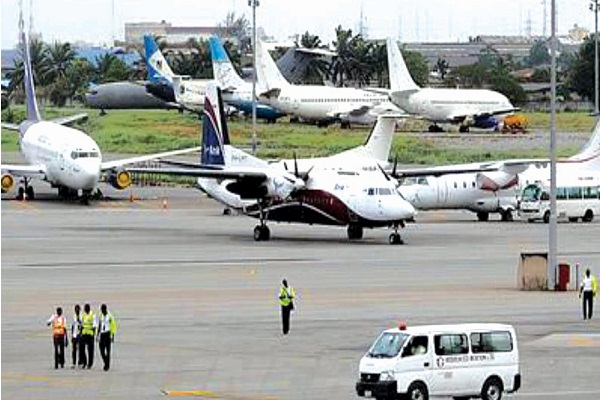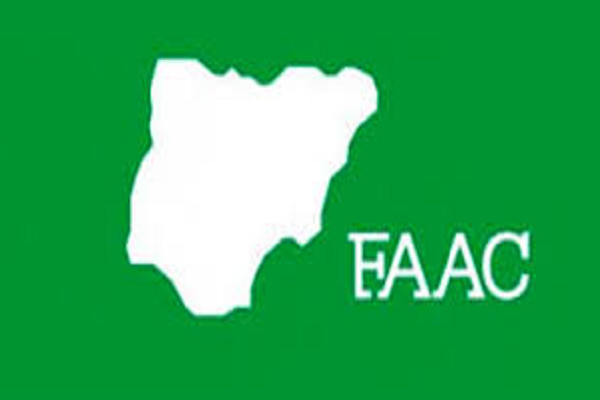Aviation experts and stakeholders have raised alarm over the increasing number of state-funded airports across Nigeria, describing most of them as “unviable, unsustainable, and economically wasteful.” According to findings, at least N369.4 billion has been expended by 19 state governments on airport projects—many of which are recording little to no commercial activity.
A recent review shows that over 29 airports now exist across the country, yet only four—Lagos, Abuja, Kano, and Port Harcourt—are considered profitable. The rest are heavily subsidised by the Federal Airports Authority of Nigeria (FAAN), which now bears the financial burden of maintaining 19 underperforming airports.
Billions Spent, Minimal Activity
Some of the high-cost airports include:
-
Bayelsa International Airport – ₦60 billion
-
Zamfara Airport – ₦62.8 billion
-
Ekiti Cargo Airport – ₦20 billion
-
Ogun Agro-Cargo Airport – $800 million
-
Nasarawa Airport – ₦40 billion
-
Abia Airport – ₦40 billion
Despite these investments, commercial flights remain non-existent or infrequent, with airports like Ado-Ekiti and Damaturu barely recording any flight traffic.
Experts Decry Waste, Lack of Planning
Managing Director of FAAN, Mrs. Olubunmi Kuku, said only three of the 22 federal airports are profitable, with the rest being cross-subsidised from the revenues generated by the profitable ones.
“We have 22 airports we manage, and support about six others owned by states or private entities. Only three are profitable. Yet, many states continue to build more without considering feasibility,” she stated.
Former NCAA DG Capt. Musa Nuhu, ex-FAAN MD Capt. Rabiu Yadudu, and senior pilot Capt. John Okakpu agreed that most of these projects lack feasibility studies, credible passenger traffic analysis, or clear operational plans.
“States are building airports merely because others have done so,” said Okakpu. “Without sufficient flight demand, the engine costs alone for short-haul flights are uneconomical.”
He also dismissed the notion of states targeting cargo movement for justification, stating:
“No airline will risk a $30–$40 million engine flying for just 10–20 minutes to offload cargo that can be moved by road.”
Security, Development Arguments Spark Debate
While critics see the developments as fiscal recklessness, others view the airports as strategic infrastructure. Retired Group Captain John Ojikutu questioned the regulatory approval process and the absence of solid business models for these projects.
“When were these airports approved by NCAA? What’s the traffic projection? This is reckless spending,” he argued.
However, not all experts are critical. Capt. Samuel Caulcrick, former rector of NCAT Zaria, said:
“Airports are development catalysts. Settlements and economic activity often grow around them. We should see them as tools to accelerate regional development.”
Chairman of West Link Airlines, Capt. Ibrahim Mshelia, also backed the need for more airports, suggesting Nigeria needs at least 50 airports and 700 airstrips for proper national coverage.
“Airports are not luxuries. They are national security and economic necessities, especially given Nigeria’s poor road infrastructure and rising insecurity.”
FAAN's Financial Burden Grows
Despite dwindling revenues, FAAN continues to support underutilised airports with aviation security, fire and rescue services, and maintenance—often without compensation from the state governments that initiated them.
“We need to build a proper network that connects states through efficient feeder routes, not isolated and dormant airports,” FAAN’s Kuku added.
Ekiti Responds to Criticism
Reacting to criticism of the Ekiti Airport, Chief Press Secretary to the Governor, Yinka Oyebode, defended the project, saying:
“Between December and now, over 25 aircraft of varying sizes have landed or taken off from the Ekiti Airport. It’s wrong to claim the airport is dormant.”
Conclusion
While some stakeholders believe more airports could unlock Nigeria’s economic potential, the consensus remains that without feasibility studies, sustainable traffic, and integration into a national aviation strategy, the growing list of state-funded airports may become symbols of misplaced priorities and economic waste.




